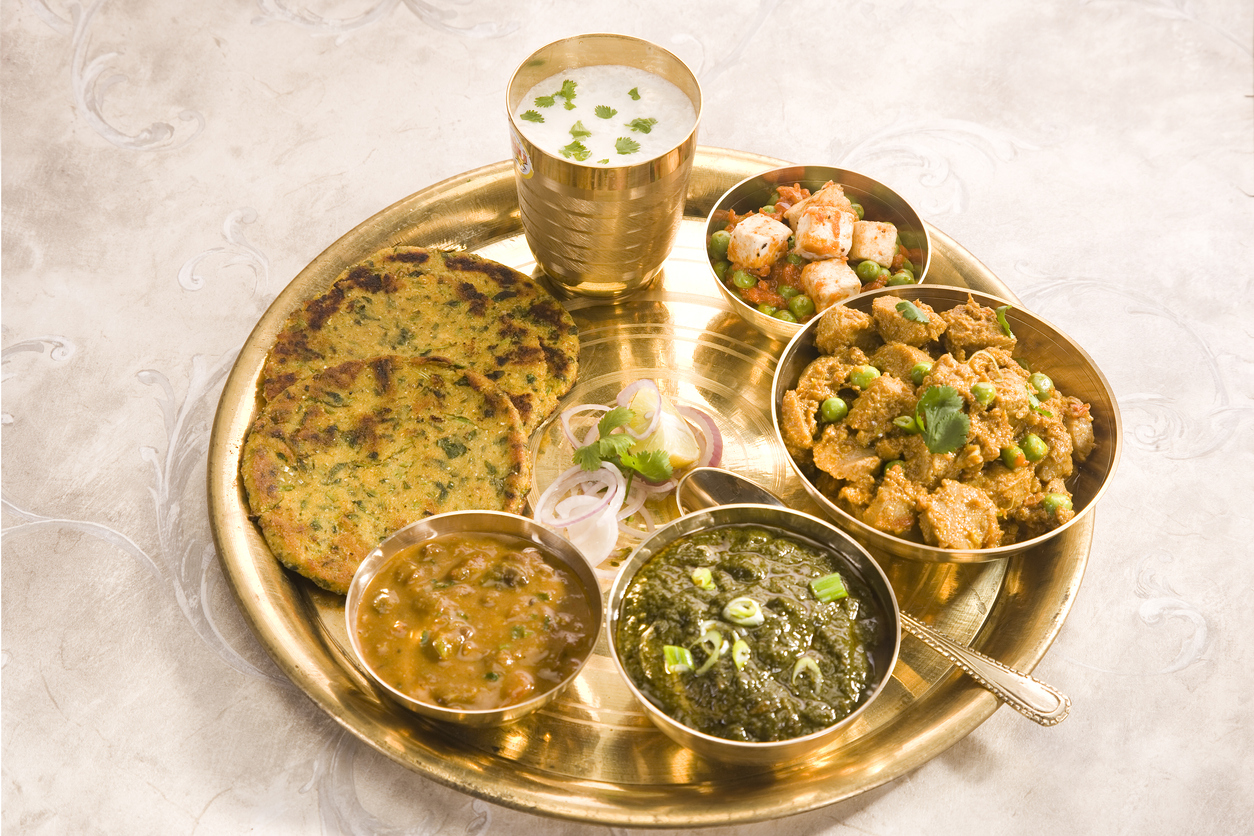Broken gut: The lurking reason behind obesity
A recent report by the UN declared that in the present global landscape, obesity has transformed into an epidemic condition, with one in every eight individuals now obese.
In India’s culinary landscape lies a paradox that mirrors the nation’s complex socio-economic fabric ~ the co-existence of under-nutrition and the burgeoning epidemic of obesity and lifestyle diseases.

Photo: iStock
In India’s culinary landscape lies a paradox that mirrors the nation’s complex socio-economic fabric ~ the co-existence of under-nutrition and the burgeoning epidemic of obesity and lifestyle diseases. This juxtaposition illuminates a profound challenge that demands urgent attention and concerted efforts from policymakers, healthcare professionals, and society at large.
At the heart of this paradox lies a confluence of factors, each playing a pivotal role in shaping the dietary habits and health outcomes of millions. Genetics, with its subtle influence on body composition, lays the groundwork for predispositions towards adiposity, particularly the tendency for fat accumulation around vital organs. This inherent vulnerability underscores the importance of personalised approaches to healthcare and nutrition, recognizing the diverse needs of individuals within the population. Coupled with genetic predispositions is the pervasive influence of dietary habits deeply ingrained in the cultural fabric of the country.
The traditional Indian diet, characterised by its emphasis on grains and carbohydrates, reflects not only culinary traditions but also economic realities. For many, access to protein-rich foods like meat, fish, and fresh vegetables remains a luxury, further exacerbating the reliance on carbohydrate-heavy staples. This dietary imbalance, compounded by sedentary lifestyles and urbanisation, provides fertile ground for the proliferation of lifestyle diseases. Moreover, the politicisation of food, intertwined with religious and caste dynamics, adds another layer of complexity to the issue.
Advertisement
Despite shifting dietary preferences and increasing consumption of animal protein, traditional perceptions of vegetarianism persist, often fuelled by cultural pride and historical narratives. This reluctance to embrace dietary diversity not only impedes nutritional interventions but also perpetuates misinformation and food chauvinism, hindering progress towards holistic health. In the midst of these challenges, the rise of processed and packaged foods emerges as a potent force reshaping dietary landscapes across the nation. Urbanisation and changing consumption patterns fuel the demand for convenient, calorie-dense foods, driving a surge in lifestyle-related ailments.
The proliferation of food delivery platforms further accelerates this trend, perpetuating unhealthy eating habits and undermining efforts to promote healthier lifestyles. Yet, amidst the gloom of this growing health crisis, glimmers of hope emerge on the horizon. Initiatives spearheaded by policymakers and public figures signal a growing recognition of the need for systemic change. From food labelling schemes to advocacy for nutrientrich alternatives like millets, efforts are underway to catalyse a shift towards healthier dietary patterns and lifestyles. However, the road ahead remains fraught with challenges, requiring a multifaceted approach that transcends simplistic solutions.
Education, access to nutritious foods, and equitable healthcare must form the cornerstone of any strategy aimed at tackling India’s dual burden of malnutrition and obesity. Moreover, fostering a culture of inclusivity and evidencebased discourse is essential in dispelling myths and fostering informed choices. In the crucible of India’s culinary diversity lies a profound truth ~ the journey towards holistic health is as much about nourishing bodies as it is about nurturing minds and communities.
Advertisement